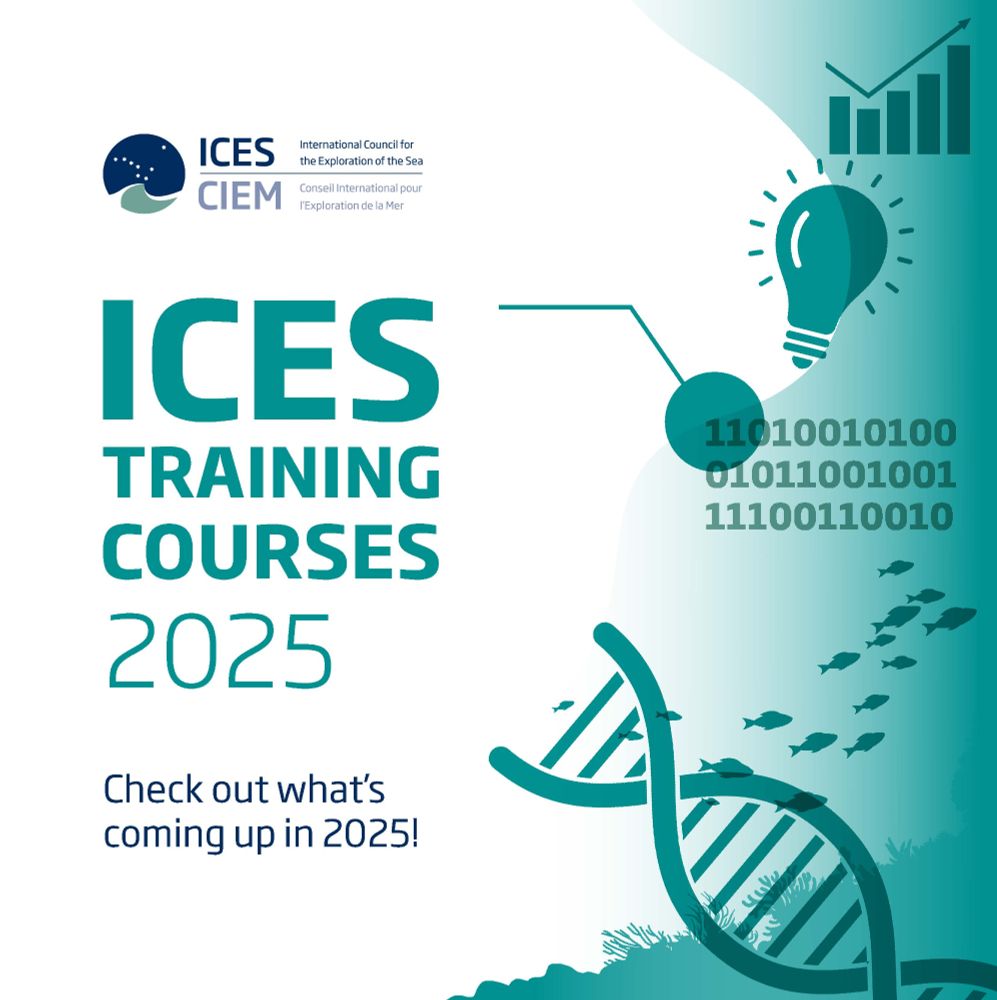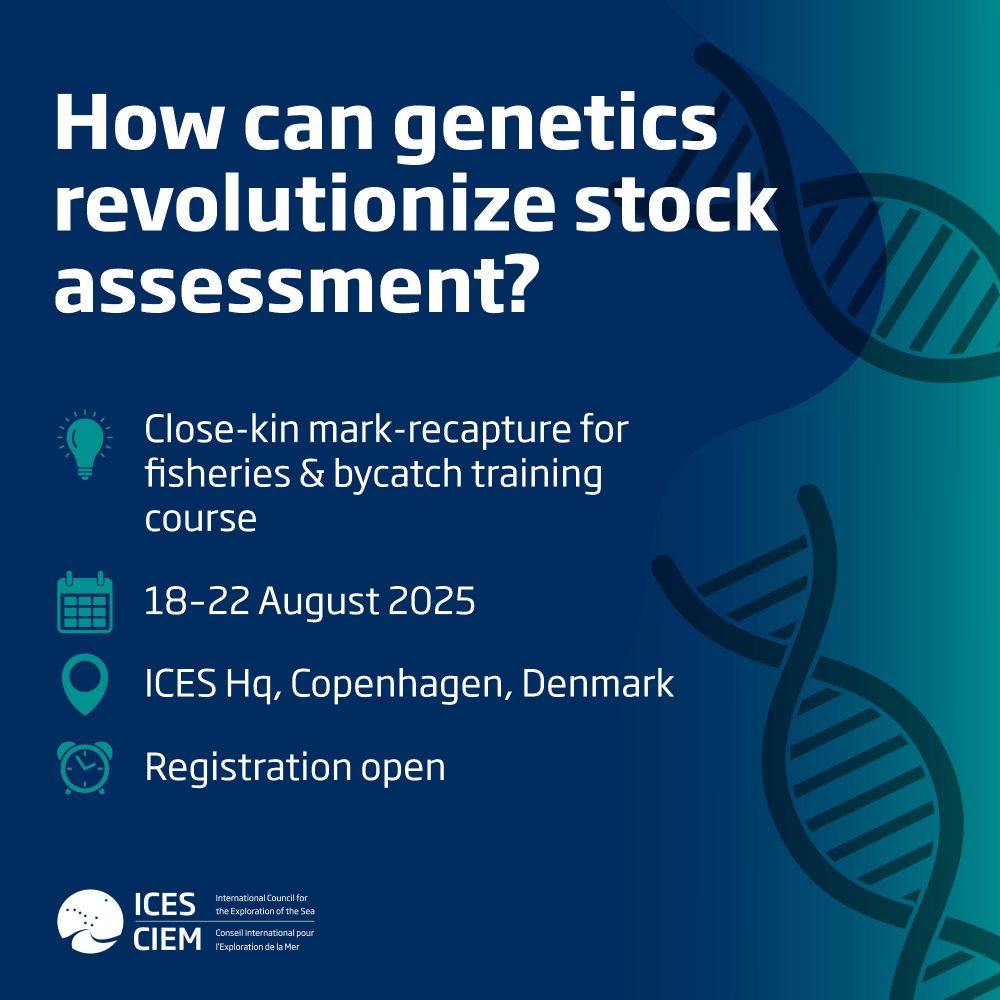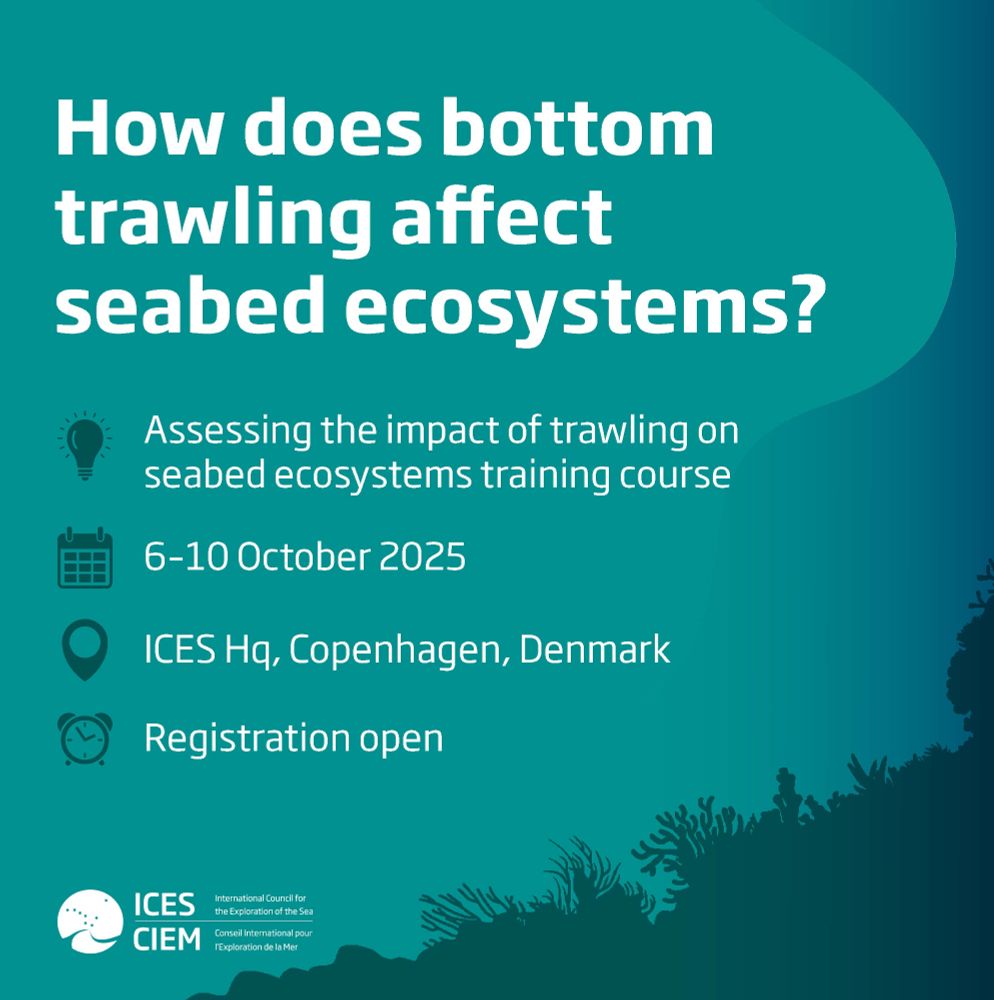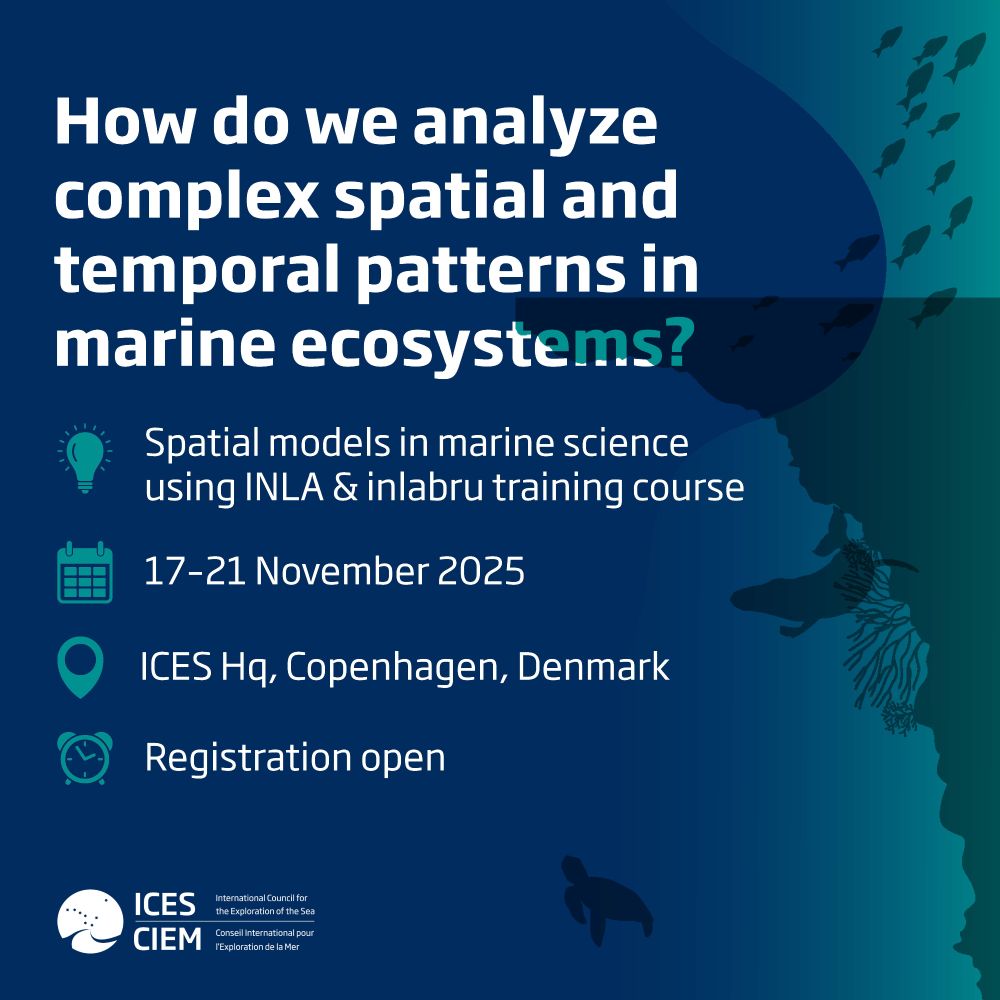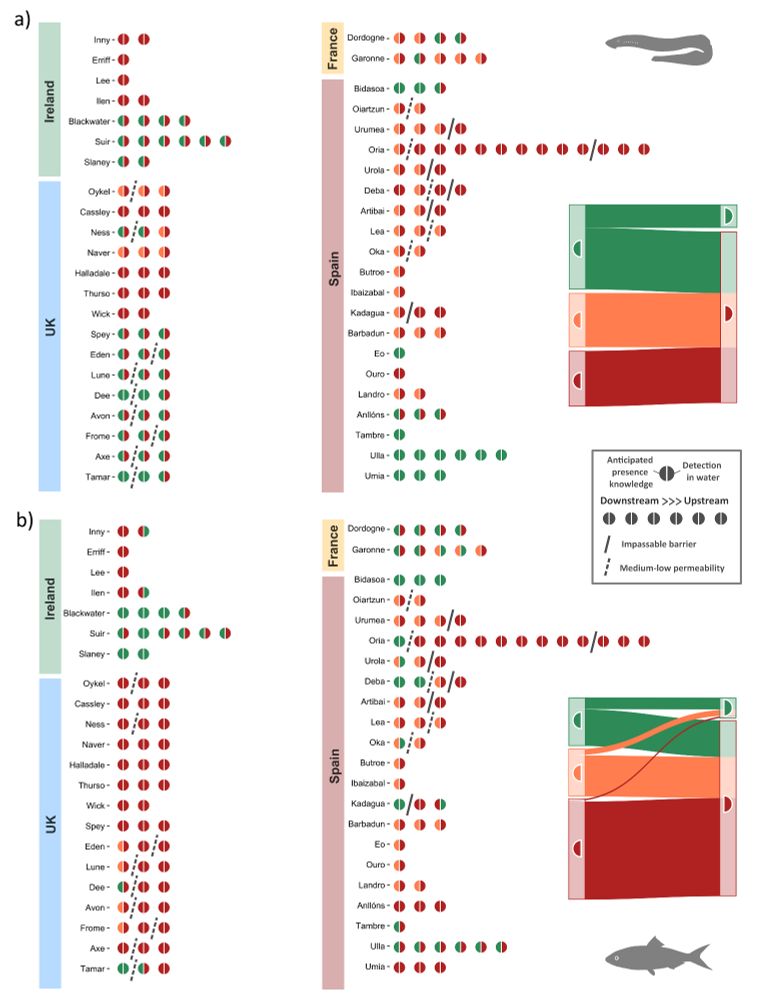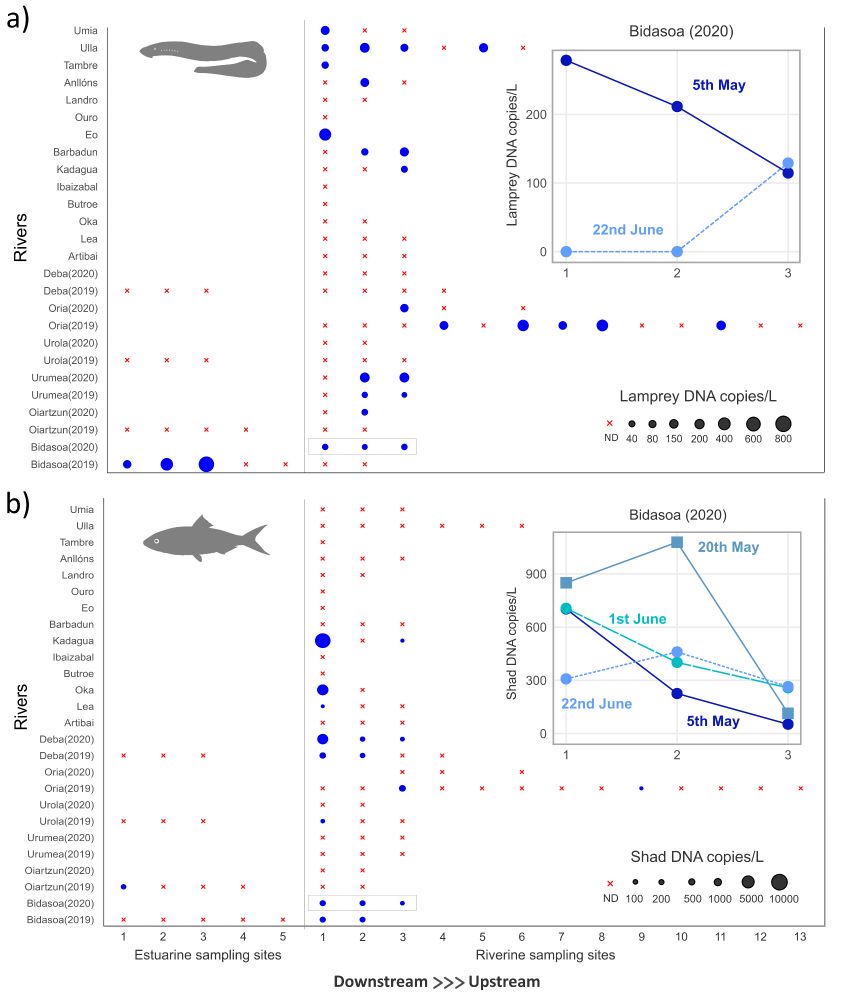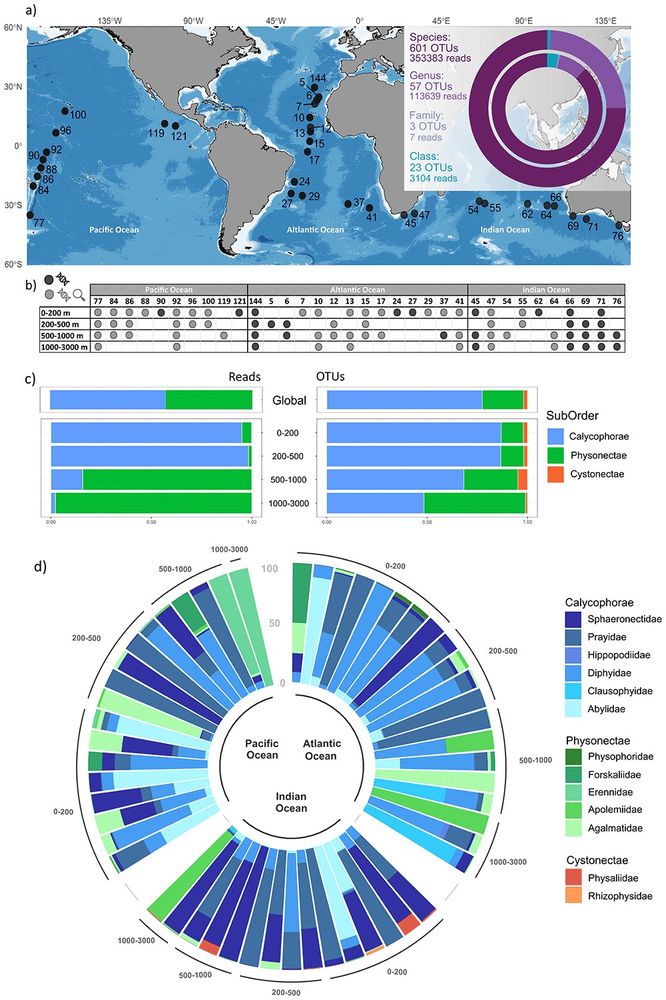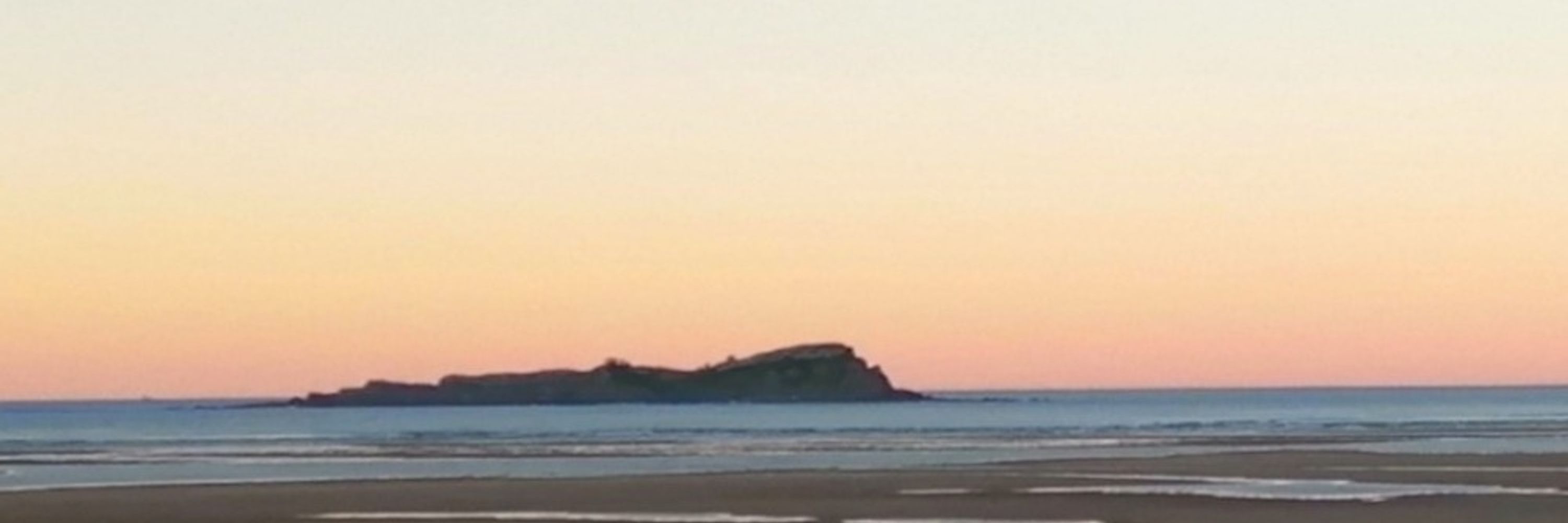
Naiara Rodriguez-Ezpeleta
@naiarare.bsky.social
690 followers
490 following
53 posts
Head of the Molecular Ecology & Biotechology unit at @azti.bsky.social; Editor @molecology; Chair of @icesmarine.bsky.social #WGAGFA; purple glasses on; ocean, DNA, evolution, conservation, management
Posts
Media
Videos
Starter Packs
Reposted by Naiara Rodriguez-Ezpeleta
Anders Lanzén
@lanzen.bsky.social
· Sep 19

Diet of European hake (Merluccius merluccius) preflexion larvae in the Atlantic through DNA metabarcoding: eating fish from the very beginning - Marine Biodiversity
The diet of preflexion European hake larvae (Merluccius merluccius) in the North-Eastern Atlantic was assessed through miniCOI metabarcoding in its fishery’s Northern and Southern stocks. As previousl...
link.springer.com
Reposted by Naiara Rodriguez-Ezpeleta
Reposted by Naiara Rodriguez-Ezpeleta
Reposted by Naiara Rodriguez-Ezpeleta
Reposted by Naiara Rodriguez-Ezpeleta
Comienza la charla de @lorenaph.bsky.social investigadora de la @unirioja.bsky.social en la Biblioteca Bizenta Mogel de Durango sobre el lenguaje y las estrategias lingüísticas de invisibilización. #ZientziarenErtzetik

Reposted by Naiara Rodriguez-Ezpeleta
Abstract submissions for the 2024
FSBI Symposium is now OPEN!
Join us for a fantastic gathering in #Bilbao hosted by @azti.bsky.social and featuring leading names in fisheries genomics
fsbi.org.uk/symposium-20...
FSBI Symposium is now OPEN!
Join us for a fantastic gathering in #Bilbao hosted by @azti.bsky.social and featuring leading names in fisheries genomics
fsbi.org.uk/symposium-20...




